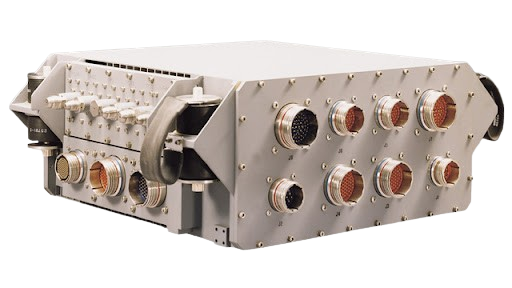Full Authority Digital Engine Control (FADEC) is an advanced electronic system used to manage and optimize the operation of modern aircraft engines. It represents a significant evolution from traditional hydro-mechanical engine control systems by providing full digital oversight and automated control over virtually every aspect of engine performance. FADEC systems are now widely used in high-performance gas turbine engines, particularly in commercial airliners, business jets, and advanced military platforms.
At its core, a FADEC system consists of an Electronic Engine Control unit (often referred to as an EEC or ECU), a network of sensors, and a set of actuators that together create a closed-loop control system. The ECU, which is typically mounted on or near the engine, continuously processes real-time data received from sensors that monitor parameters such as spool speeds (N1, N2), turbine inlet and exhaust gas temperatures, compressor discharge pressure, fuel flow, and environmental conditions like altitude and outside air temperature. Based on this data, the FADEC system determines the optimal engine settings to deliver the required thrust or power output in the most efficient and safe manner.
Unlike traditional systems where the pilot would manually adjust throttle and monitor multiple engine parameters, FADEC automates these processes. The pilot’s throttle input is interpreted by the system as a request for a certain level of engine performance, rather than directly controlling fuel flow or turbine speed. FADEC then adjusts fuel metering, variable stator vanes, bleed valves, and other components accordingly to achieve the commanded output while maintaining optimal performance and ensuring the engine stays within safe operational limits.
FADEC operates in various control modes, such as EPR (Engine Pressure Ratio), N1/N2 (fan or core speed), or TGT/EGT (temperature-based), depending on the engine design and flight phase. It manages complex transitions between idle settings for different flight regimes—such as ground idle, approach idle, and flight idle—without pilot intervention. The system also takes care of engine starting and shutdown sequences, ignition control, and even thrust reverser operation in certain engine types.
One of FADEC’s most significant contributions is in safety and engine protection. It continuously monitors conditions that could lead to over-temperature, overspeed, surge, or flameout, and takes immediate corrective actions, including reducing fuel flow or initiating an engine shutdown when necessary. Additionally, it supports automatic relight in the event of an in-flight flameout and manages dual-channel or triple-channel redundancy to ensure fault tolerance.
Another crucial feature of FADEC is its integrated health monitoring and diagnostics capability. The system logs operational data, detects and stores fault conditions, and enables condition-based maintenance by providing ground crews with detailed performance trends and alerts. This data can be downloaded after flight or transmitted via onboard communication systems for real-time analysis.
While FADEC greatly enhances efficiency, safety, and pilot workload reduction, it does introduce certain complexities. The system is entirely dependent on electrical power and digital control, meaning that a total FADEC failure (which is rare due to redundancy) would render the engine inoperable. As such, software used in FADEC must meet rigorous safety and certification standards, to ensure reliability under all operational conditions.
In summary, FADEC represents the pinnacle of modern engine control, integrating real-time data processing, automated decision-making, and protective logic into a single, highly reliable system. It not only allows engines to operate closer to their design limits for better performance and fuel economy but also supports advanced diagnostics and significantly reduces the demands placed on pilots and maintenance personnel. As aviation continues to evolve toward smarter and more efficient systems, FADEC remains a cornerstone technology in the management of aircraft propulsion systems.

